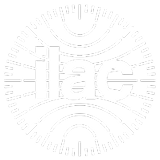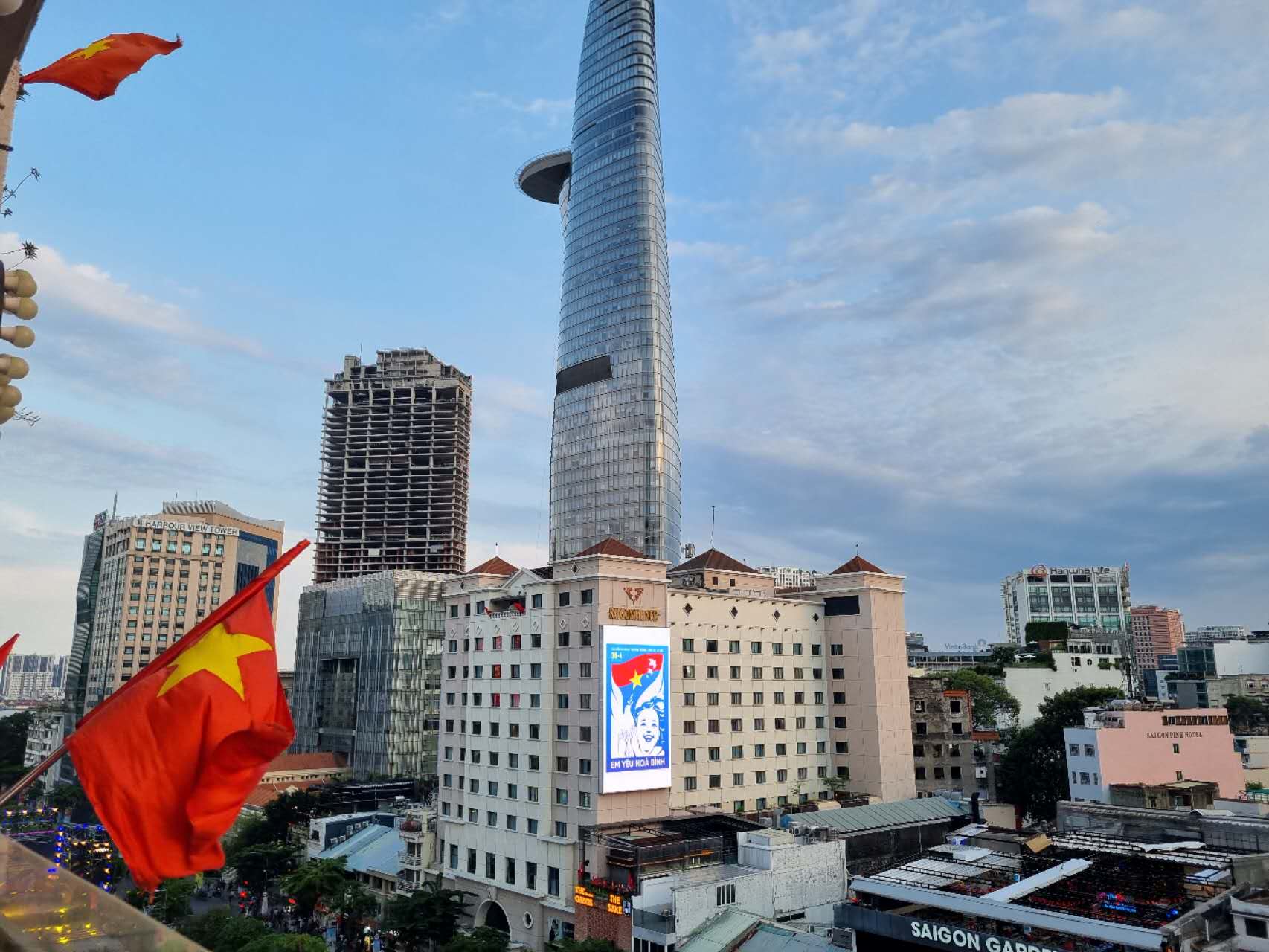Industries & Services
Full Inspection (100% inspection)

100% 全检(Full Inspection)
确保每一件产品都符合最高标准 —— VIS 100% 全检帮助您彻底消除品质风险,保障品牌声誉与客户满意度。
This method is commonly applied in industries where safety and precision are paramount—such as manufacturing, automotive, aerospace, and medical devices—to minimize risks, enhance customer satisfaction, and avoid costly recalls or repairs.
什么是 100% 全检?
100% 全检(Full Inspection)是最严格的质量控制方式之一。与抽检不同,全检要求对整批产品的每一件进行逐一检查,不遗漏任何一件产品,确保其完全符合规定的标准和客户要求。
该方式通常应用于安全性要求高、精密度要求高的行业,如:
-
汽车制造
-
医疗器械
-
航空航天
-
高端电子产品
-
精密零组件
通过逐件检验,全检能最大程度降低风险,避免召回、退货、投诉等导致的高额成本。
100% 全检意味着什么?
100% 全检代表:
-
每一件产品都需根据标准逐项检查
-
不依赖抽样,覆盖率 100%
-
缺陷零容忍,发现的不良品会立即隔离与筛除
-
确保交付到客户手中的产品 全部合规
这是确保产品零缺陷、满足严苛行业标准的最高级别检验方式。
为什么 100% 全检至关重要?
✔ 提升产品品质
每一项细节都被检查,确保所有规格与功能完全达标。
✔ 客户满意度显著提升
减少投诉、退货、索赔,提高客户信任与复购率。
✔ 降低企业成本
在出货前发现不良品,可避免:
-
大规模返工
-
海外召回
-
保固索赔
-
品牌形象损失
✔ 降低高风险行业的隐患
在航空航天、医疗等行业,微小缺陷都可能造成严重后果,全检可最大化降低风险。
什么时候应该采用 100% 全检?
100% 全检适用于以下情况:
-
产品 安全风险高
-
不良品可能造成 高额损失或法律责任
-
客户要求 零缺陷(Zero Defect)
-
产品批量不大,适合逐件检查
-
新产品量产初期,需要强化质量把控
100% 全检的挑战
虽然全检非常有效,但也面临以下挑战:
-
耗时:逐件检查比抽检时间更久
-
成本高:需要更多人员与设备
-
人工检查存在错漏风险
-
大批量产品的可行性较低
因此,全检通常与抽检、自动化检测等方式搭配使用,更加经济高效。
如何做好 100% 全检?(VIS 的建议)
1. 明确检验计划
建立清晰的检验标准、流程与记录方式,确保一致性。
2. 使用合适工具与检测设备
确保量具、测试仪器 精准且已校准。
3. 提供专业检验培训
检验员应具备识别缺陷的专业能力与行业经验。
4. 优化检验流程
有效规划检验工位,减少等待和搬运时间,提高效率。
如何选择专业的全检服务供应商?
选择第三方检验机构(如 VIS)时,应考虑:
-
是否具备行业经验
-
是否熟悉您的产品特性
-
是否通过 ISO/IEC 17020 认证
-
检查流程是否透明、报告是否详细
-
收费是否合理、沟通是否及时
结论
100% 全检是确保产品品质与降低风险的强大工具。
虽然投入较高,但在高风险行业或高价值产品中,其收益远高于成本。
与专业的第三方检验机构 VIS 合作,能帮助您:
-
实现真正的零缺陷
-
保障品牌信誉
-
提升客户满意度
-
降低运营与质量风险
VIS —— 您值得信赖的全检与质量控制合作伙伴。
